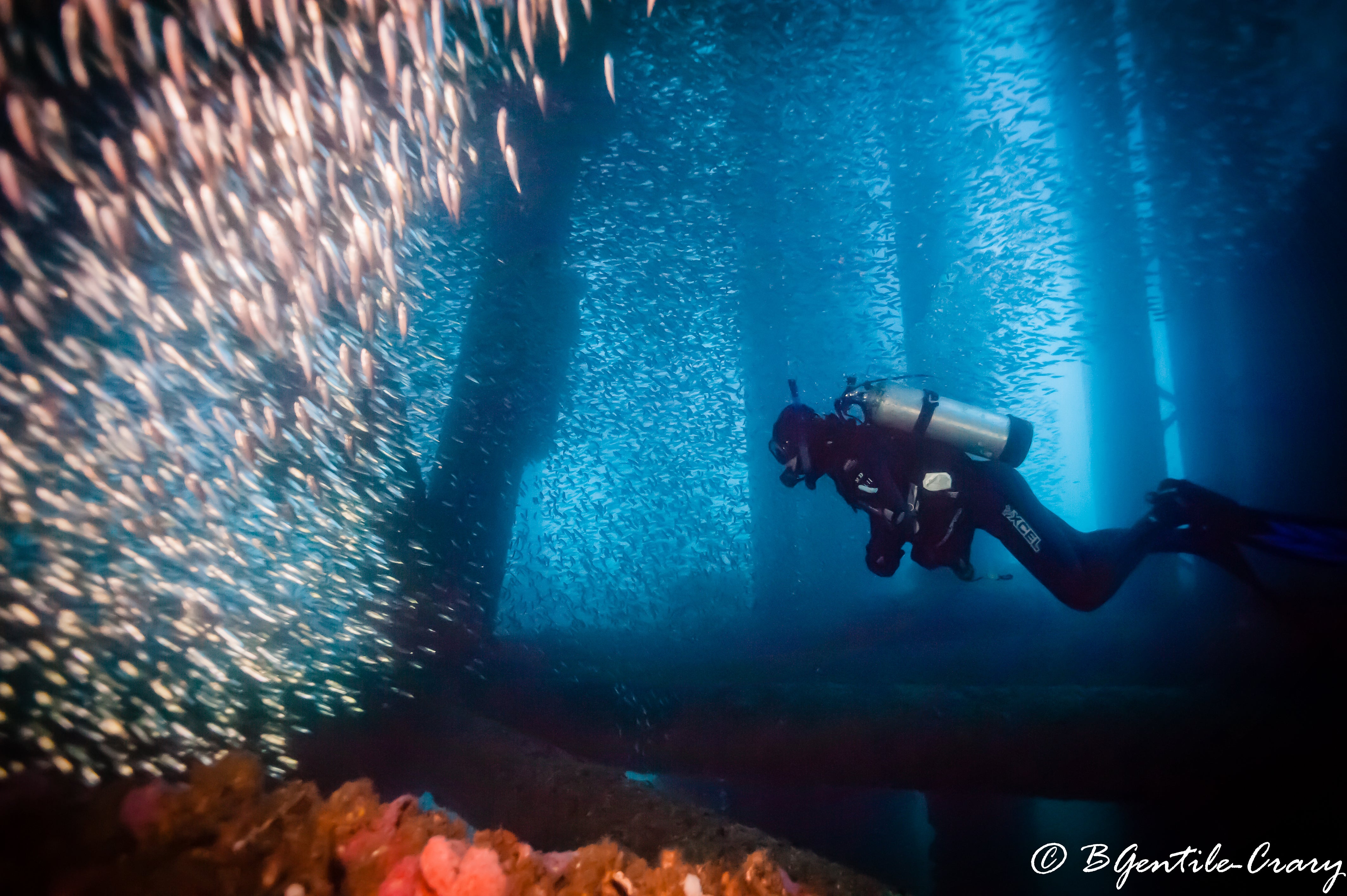Dive into the world of underwater photography and videography with tips on specialized equipment, dive skills, marine life behavior, and local diving regulations.

Underwater imaging, both photography and videography, can be a challenging and rewarding endeavor. It requires specialized equipment, such as underwater cameras and housing, as well as a keen understanding of light, composition, and the unique characteristics of the underwater environment.
Specialized equipment is essential for capturing high-quality images and videos underwater. One of the most important pieces of equipment is the underwater camera itself. Many photographers prefer to use a DSLR camera with a fast lens, such as a f/2.8, which allows for better low-light performance and shallow depth-of-field effects. Mirrorless cameras are also a popular choice for underwater photography, as they are smaller and more compact than DSLRs, making them easier to handle in the water.

Another important piece of equipment is the underwater housing. This protective case allows the camera to be used underwater by keeping it sealed and protected from the elements. The housing also includes controls that allow the photographer to operate the camera's buttons and dials while it is inside the case. There are different types of underwater housing available for different cameras, and it's important to choose one that is specifically designed for your camera model.
Strobes or continuous lighting is also an important equipment for underwater photography. As the water absorbs light, the deeper you go, the darker and more colorless the environment becomes. This makes it difficult to capture sharp, well-exposed images. Strobes emit a burst of light that helps to illuminate the subject and restore its natural colors. Continuous lighting, on the other hand, emits a constant light that can be used to add a sense of depth and dimension to the underwater scene.
In terms of underwater videography, specialized camera housing and mounting systems are essential to get stable footage. Some popular housing systems include those that use a tray and handle system, which allows the videographer to hold the camera steady and make quick adjustments, and those that use a pole or boom arm to extend the camera further away from the body, which helps to reduce the amount of movement and vibration in the footage.
Other important equipment for underwater videography includes lights, which can be used to illuminate the subject and add color to the underwater environment, as well as audio recording equipment, which is used to capture the sound of bubbles, waves, and other underwater sounds.
Overall, one of the keys to successful underwater imaging is to have the right equipment for the job and to be familiar with how to use it. It's important to research and invest in the best equipment that fits your budget and your needs.
For scuba diving, a key skill is being able to control buoyancy and maintain a steady position in the water. This is essential for capturing sharp, well-composed images. Divers also need to be able to maneuver themselves and their equipment potentially in tight spaces and currents, as well as be able to control steady breathing and potentially be ready to stay underwater for extended periods of time. Additionally, scuba divers need to be familiar with their camera's controls and settings and be able to adjust them quickly and efficiently underwater.
Freediving, on the other hand, requires a different set of skills. Freedivers need to be able to hold their breath for extended periods of time and remain calm and focused underwater. They also need to be able to control their buoyancy and maintain a steady position in the water, but with the added challenge of not having the assistance of scuba gear. Freedivers also need to be able to gauge their own physical limits and know when to surface before reaching a point of exhaustion.
Another skill that is important for both scuba and freediving is the ability to predict and anticipate marine life behavior. This skill helps to capture the best images of marine life in their natural habitat, whether that's a school of fish or a big pelagic.
In addition, both scuba and freedivers need to be familiar with the local regulations and best practices for diving in a specific area, and be able to apply them to their photography. This includes knowing the best times of day to dive, the best seasons for different marine life, and the appropriate distances to maintain from marine life, as well as the rules for handling and disposing of any equipment.
Examples of handling and disposing rules may include:
- Not using any equipment that contains hazardous materials, such as lead or mercury, in the underwater environment.
- Not dropping or leaving any equipment behind while diving.
- Not disturbing or damaging any coral or other marine life while handling or positioning equipment.
- Properly disposing of any trash or debris generated during the dive, such as discarded batteries or broken equipment.
- Not feeding or interfering with marine life while taking pictures or videography.
By following these guidelines and regulations, divers can help to minimize their impact on the underwater environment and ensure that they are diving safely and responsibly.
Overall, taking images underwater requires a combination of technical and physical skills, as well as knowledge of marine life behavior and the local diving environment. It's important to practice and refine these skills through regular diving and photography, and to stay current with the latest techniques and best practices.
Whether you're a seasoned pro or just getting started with underwater imaging, there are many resources available to help you improve your skills and take better photos and videos. From online tutorials and forums to in-person workshops and classes, there's always something new to learn and explore. So, dive in, and see what the underwater world has to offer!
Contact us to learn more.



Share:
Rescue Diver: What to Do When Your Victim Has a Pacemaker
Heat Loss in Diving: Understanding the Importance of Slowing Down